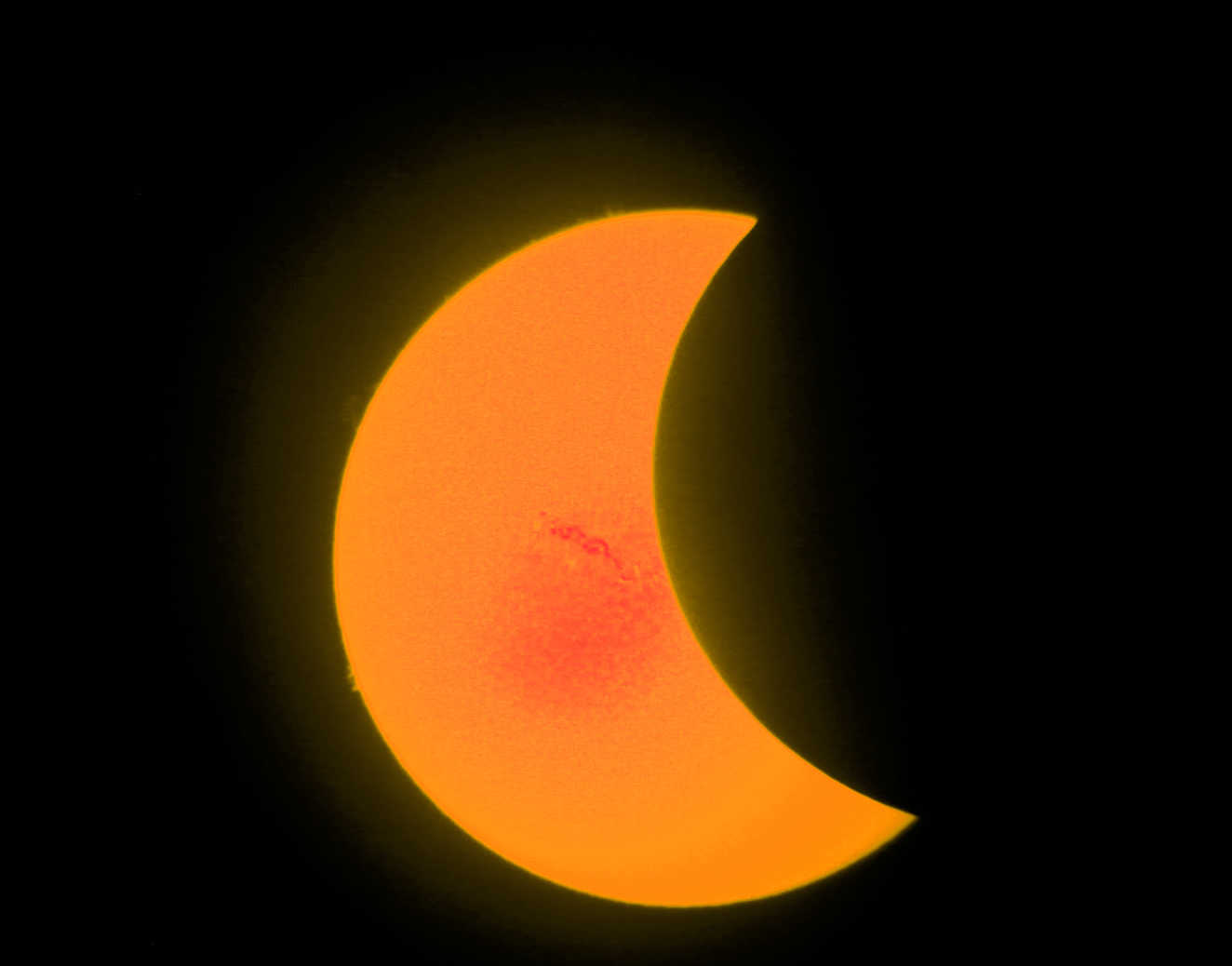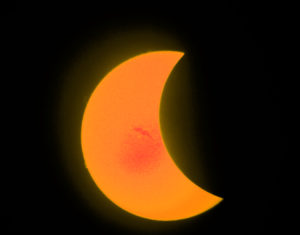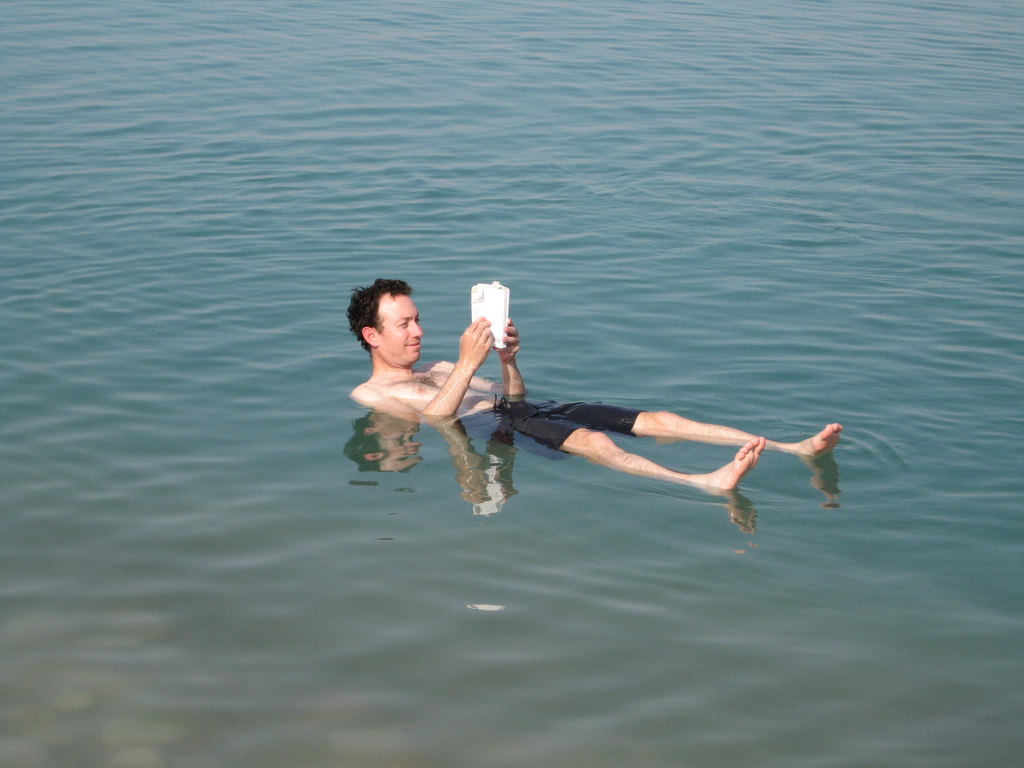Note: Check out more pictures from this event here.
This past week, STANYS and the New York State Master Teacher Program co-sponsored professional development workshops in three regions in New York State. The first of its kind model, allowed for teachers from across the state to experience the same two-day workshop. The consistency of the professional development was helpful as New York teachers came together to start to build a collection of lessons and ideas using a common understanding and template. Key to any professional development is the quality of the presenter. Luckily, for New York, Paul Andersen, who has created countless videos on the Next Generation Science Standards (NGSS) and has led teacher training sessions all over the world was on hand to provide a deeper dive into New York State Science Learning Standards (NYSSLS).
The workshop began with “The Wonder Tube”. During this exercise, teachers wore their “student hats” to experience firsthand modeling instruction from the other side of the desk. Teachers were provided with a demonstration of the Wonder Tube and individually developed a model for what they perceived to be the mechanism by the which the tube functioned. Key to utilizing phenomena such as this is that students are not able to google the answer and find out how it works. Participants individually drew what they believed the model to be, followed by group questioning of each individual’s model to understand what that person was thinking when they made that model. Teachers had a hard time with this task, wanting to state what they thought was happening. The pedagogical shift calls for group members to come to a consensus through the constant questioning of individual group members regarding their model, with no one group member simply telling “the answer”. Models were presented, and the audience was given the opportunity to ask questions. Amazingly, no two models were the same. Paul asked the entire group to find similarities and differences within the models. Modeling instruction is one vehicle by which teachers can begin to incorporate science practices into our classrooms. For more support with modeling, the American Modeling Teachers Association runs workshops to assist teachers.
Another teaching tool introduced by Paul called Question Formulation Technique calls for students to generate a list of questions surrounding an observable event; a phenomena. To do this participants observed termites following black lines that created the pattern of Olympic rings. Participants then brainstormed as many questions they could about the regarding the behavior of the termites they had just witnessed for five minutes. This was followed by labeling the questions as open or closed and determining which open ended question the group should investigate. The technique is easily applicable to teachers who would would like to try a NYSSLS aligned student driven inquiry approach.
Another means of rolling out NYSSLS to the participants was the Claim, Evidence, Reasoning (CER) framework, which focuses on the conclusion component of a laboratory report. After the students have completed the experiment, in essence collected their evidence, they are ready to make a claim. The teachers had the opportunity to experience this framework by investigating the question: “Are skew dice fair?” Groups then created large posters with their claim as well as a display of the supporting evidence via words, tables and graphs, followed by the reasoning which included scientific principles surrounding the experiment. Posters were stuck to the wall and shared with others through a gallery walk and critique with post-its by other groups. Paul also provided his inquiry lab format as a resource to assist teachers in NYSSLS implementation via CER. This starts with an explanatory model, students then sort the variables in order of importance, after which comes data collection, a graphical representation and then the exercise concludes with the CER framework.
When starting the workshop, Paul asked for what the teachers wanted to get out of the professional development and on the second day, he came back to address the topics that were of greatest interest to the attendees. One such NYSSLS concern was how to incorporate engineering design in your classroom by first defining criteria, followed by developing a solution and then refinement of that solution. Anderson suggested an activity that gave the participants the task to make a tower as tall as possible with only two pieces of computer paper, 10 cm of tape and five minutes. All participants were engaged as the clock displayed in the front of the room counted down the time. All groups frantically rushed and at the end Paul claimed that was just the prototype and now participants were given the same task after observing what other groups had done to engineer the actual tallest tower. The activity could be utilized in any STEM classroom and adapted to a variety of tasks.
Teachers are eager to learn about what assessments will look like with the new standards. There are a variety of resources available to help teachers get started. Paul recommends starting by printing out cards with practices and crosscutting concepts to help generate ideas for student assessments. On the second day of the workshop, teachers of the same content area worked to create an assessment aligned to one specific performance expectation. By laying out the cards on the table, teachers were able to unpack the the practices and cross-cutting idea that could be used to assess the particular disciplinary core idea. Large posters of assessments were created and hung on the walls. Groups then gallery walked and gave feedback with post-its to improve the questions which were photographed and collected in a google drive to serve as a resource as teachers present go out and turn-key aspects to their colleagues. For additional resources on assessments, Paul suggested looking into ngss.nsta.org and nextgenscienceassessment.org for NGSS bundles and storylines for example assessments.
If one thinks of the level of comfort of the new standards, there is still much growth for all parties involved. Paul discussed how the implementation of any new teaching methodologies have an initial dip prior to rise is success rate and the same should be expected as teachers start to incorporate the NYSSLS approach. The workshop concluded with groups of the same discipline creating lessons using a common template.
Are you interested in diving even deeper? Then consider joining your fellow STANYS members at our state conference this November 4th- 6th in Rochester, where teachers will have the opportunity to learn more through a more extended content specific teacher institutes. Additionally, on the Monday of the conference, Paul Andersen is slotted to provide further workshops on NYSSLS. If you are unable to travel to Rochester please consider attending the Suffolk STANYS Fall Conference, which will be held on October 16th at Hofstra University where there will be more opportunities to learn about some of the NGSS best practices through modeling and questioning workshops.





